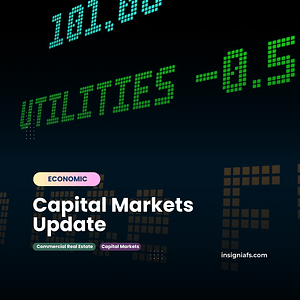Today, we are posting our thoughts on some basic, but recurring questions we’re asked by our lesser experienced, but growing investors regarding the single family rental market segment.
Why doesn’t everyone love buy and hold SFR investments?
The Pros and Cons of Single Family Rental Real Estate Investing
SFR real estate investing is all about providing accommodation to tenants by owning and managing rental properties such as single family homes, condos, manufactured homes, apartments, etc. This sector has numerous qualities that make it quite attractive for investment right now:
(+) Simplicity: One of the most attractive aspects of investing in rental properties is that the business model is quite easy to understand. The beginner real estate investor does not need to have vast knowledge and experience in the field to be able to comprehend the fundamentals of the investment and even make reasoned investment decisions. Of course, there’s some baseline knowledge required – and the more you know, the better the results you are likely to achieve – but the knowledge required to participate (even successfully) is not prohibitive.
(+) Low Capital Requirement: Another pro is that the capital required for entry is relatively low. This is due to the fact that residential property prices tend to be much lower than other commercial property sectors and – due to the expected sustained demand for residential properties – obtaining generous financing terms is fairly easy to do. Which leads us to our third point …
(+) Consistent and Predictable: Residential real estate is quite defensive and also possesses a moat of sorts. This is because, regardless of the current state of the economy or technological innovation, the human body always will need physical protection from the elements, a comfortable and safe place to sleep, and a convenient and secure place to store frequently-used belongings.
That being said, as with any investment, there are cons to residential real estate investing. These include:
(-) Overbuilding risk: The potential for too much competing supply. Due to the lack of capital and informational barriers to entry as well as the popularity of the investment, there have been periods of time where certain locations, or even economies as a whole, have over-invested in the sector, resulting in too much supply relative to demand.
(-) The challenges and hassles of land-lording. Put simply: Owning rentals is a business, not a passive investment. Experienced landlords will attest that owning properties is a lot of work. The workload is generally more comparable to running a business rather than owning passive investments. It involves:
- Advertising to find good-quality tenants, making showings, and interviewing tenants.
- Doing legal work such as signing the lease, getting a deposit, and creating a limited liability company.
- Monitoring tenants, otherwise rents will be unpaid or late, damage will be done, toilets will get clogged, etc.
- Keeping up with repairs by identifying contractors, learning about building costs, analyzing different offers, monitoring projects, etc.
- Obtaining financing, which, depending on the quality of your assets, their cash flow, and your credit score, can be easier said than done (unless your lender is INSIGNIA, of course).
- Taking care of customer service. Tenants will call you at all times of the day and night.
- And if you don’t want to service your properties or tenant needs directly, you will need to find a great property manager. This can also be easier said than done.
We call this “sweat equity” – because you will literally sweat to earn your great return in most cases.
Need financing for your next acquisition, or are you interested in refinancing your SFRs in a single portfolio finance loan? Start here



